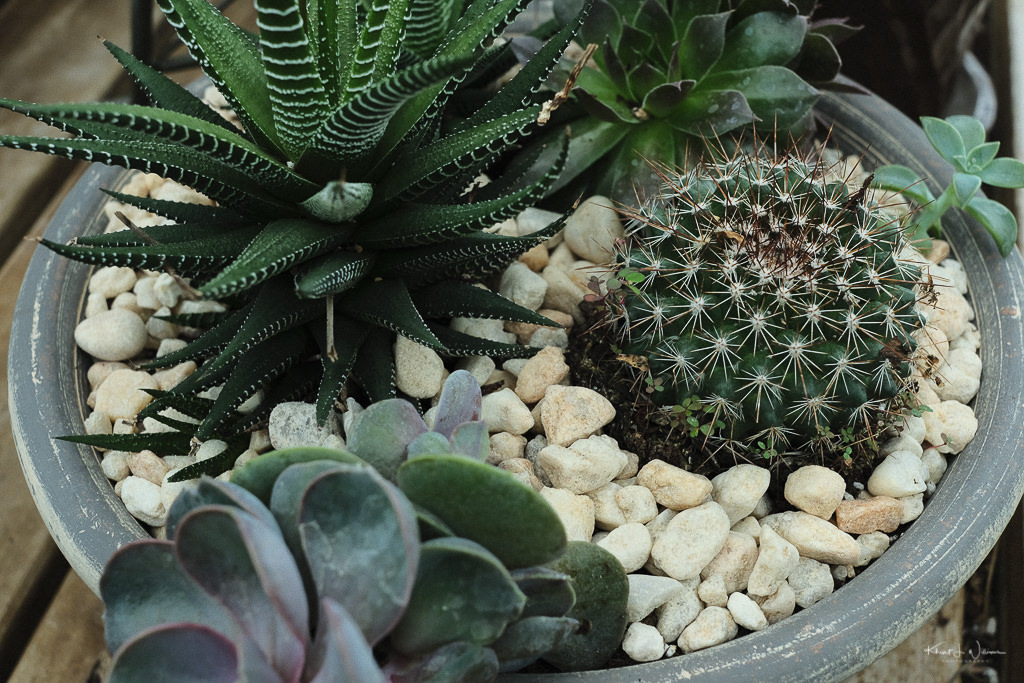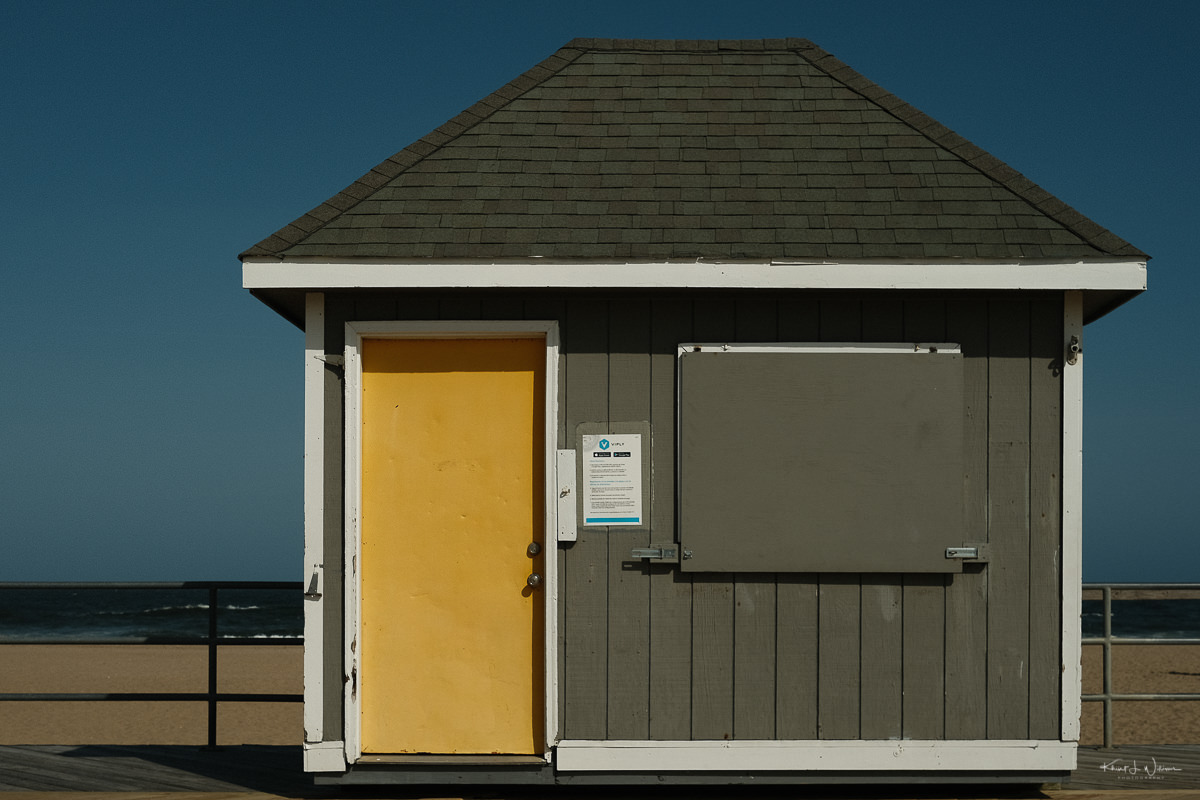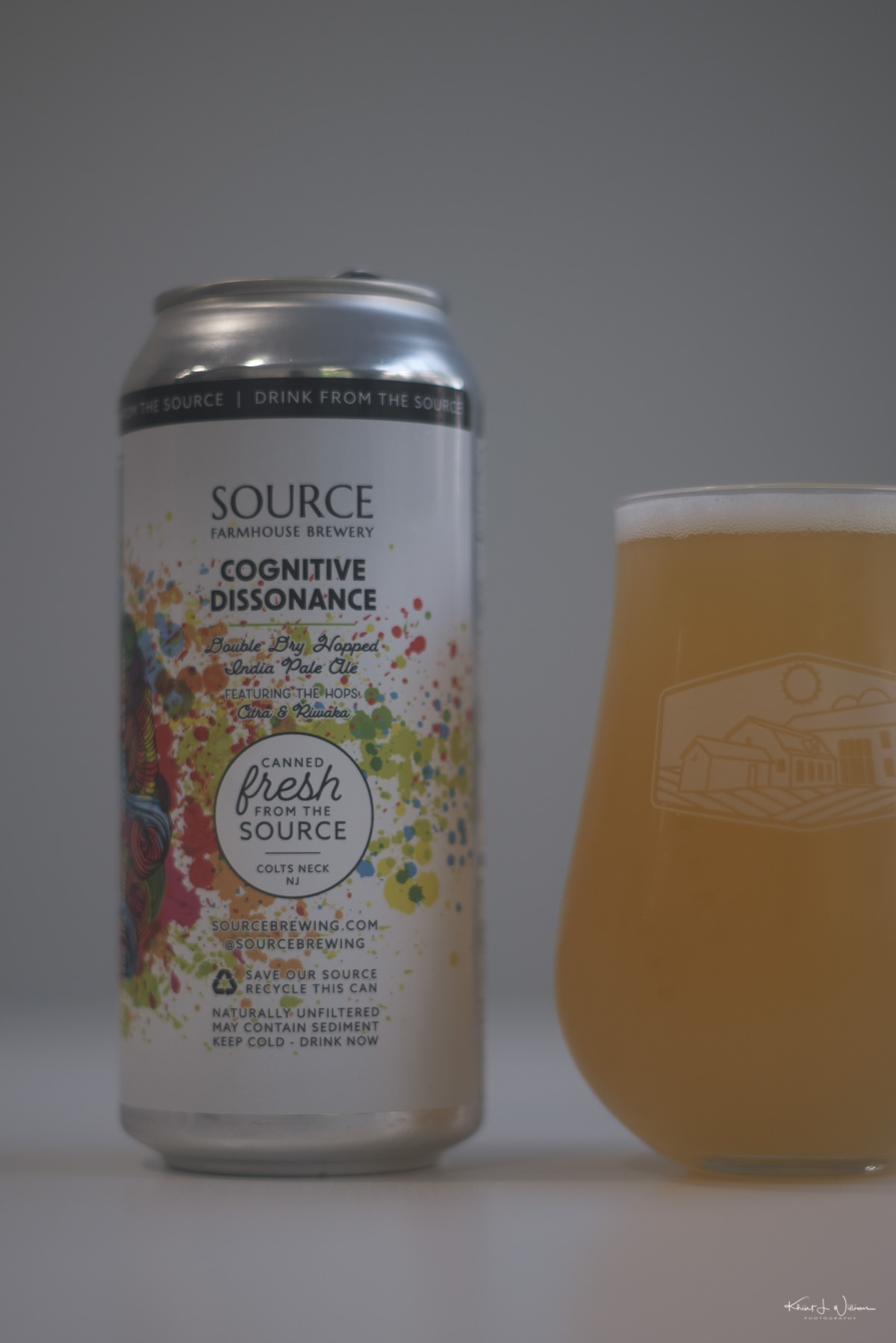Though the exact names might vary between manufacturers, modern digital cameras include a few basic presets at a minimum, including black-and-white, natural, neutral, and vivid. On the other hand, Fujifilm takes its in-camera presets further, digging deep into its heritage as a photographic film manufacturer. To cement the experience of its retro 35mm, film SLR inspired camera design, Fuji loads its X series and GFX camera with about a dozen unique in-camera presets, many inspired by its analogue emulsions. The main ones are ACROS, Provia, and Velvia. These are comparable to black and white, neutral, and vivid. Additionally, Fuji offers Classic Chrome, inspired by the look Kodachrome look of the images from the pages of the 1970s National Geographic magazine and Astia, inspired by the look of fashion photography magazines.
Fuji takes this further by allowing the photographer to adjust dynamic range, white balance, white balance shift, shadow tone, highlight tone, grain, and sharpness and save these settings in a camera profile. Many Fuji photographers call these "recipes". These changes don’t affect the RAW file but affect the in-camera JPEGS created.

Long time readers will know that I favour the film simulation recipes created by tireless photographer Ritchie Roesch. Ritchie churns out new recipes almost as often as it snows in Utah. I had become so used to using recipes that I was starting to forget how to use Adobe Lightroom’s Develop module. I would import the SOOC JPEG and RAW images, and after a few quick crop adjustments, the images were uploaded to my blog. Ritchie’s app, which he released last year, helped push this workflow along.
However, I realised that film simulation recipes are not much different from the software presets that I used several years ago before I put effort into really learning Adobe Lightroom and Photoshop. They are an easy dopamine hit, but eventually, I started to feel that this type of editing was too limiting. It is affecting my creativity and my ability to express myself.
The film simulation recipes are helpful and practical for quick photographs; the kind of photographs I might make while doing my best to look like a street photographer when walking around a large city like Philadelphia or New York City, or when drinking American craft ale at a local brewery, or attending a family event. But for intentional photography, the kind of project where I plan out the where, when, and the how ahead of time, I want to be more in control of the final result. I want to focus (no pun intended) on composition and lighting with the intent to change the image in a certain way.
I don’t want to give up on film simulation recipes. I want to be more intentional about how I use them. Ritchie’s website offers so many recipes I am frequently overwhelmed with choices. He has so many recipes he built a mobile app to help patrons filter and arrange them. With only seven slots available on my X-T3, I would stress which recipes to program into my XT-3. Then once I am on location, I would stress over whether the scene or subject would look better with Porta 160 or with Nostalgic Negative or the standard Provia. I would sometimes realise that a particular scene or subject could not be captured correctly in camera using a film simulation recipe; some focused editing in Adobe Lightroom or advanced editing technique in Photoshop would be needed. I did not want to limit my photography to what could be accomplished with film simulation recipes.

If I need to make snapshots for the spring and summer, I intend to use just two film simulation recipes; Portra 160 and Kodachrome 64. Ritchie provides a suggested ISO range for each recipe, but I intend to use the film simulation recipes at "box speed". If I’m going to pretend that I am shooting 35mm film, I may as well go all the way. The lowest ISO on my X-T3 is 80, so the Kodakchrome 64 recipe will be used at that ISO. The native ISO of the X-T3 is 160 and is a perfect match for Portra 160 recipe. If I need to use a higher ISO or attempt more intentional photography, I will probably switch to the Provia or Eterna film simulations. The SOOC JPEG from the film simulation recipes will still be cropped as needed but will otherwise remain untouched in Adobe Lightroom.
I have already set my camera to record RAW only.
Here’s a list of websites with excellent film simulation recipes.
| Website |
|---|
| Fuji X Weekly |
| Life Unintended |
| Ivan Cheam |
| Jamie Chance Travels |

